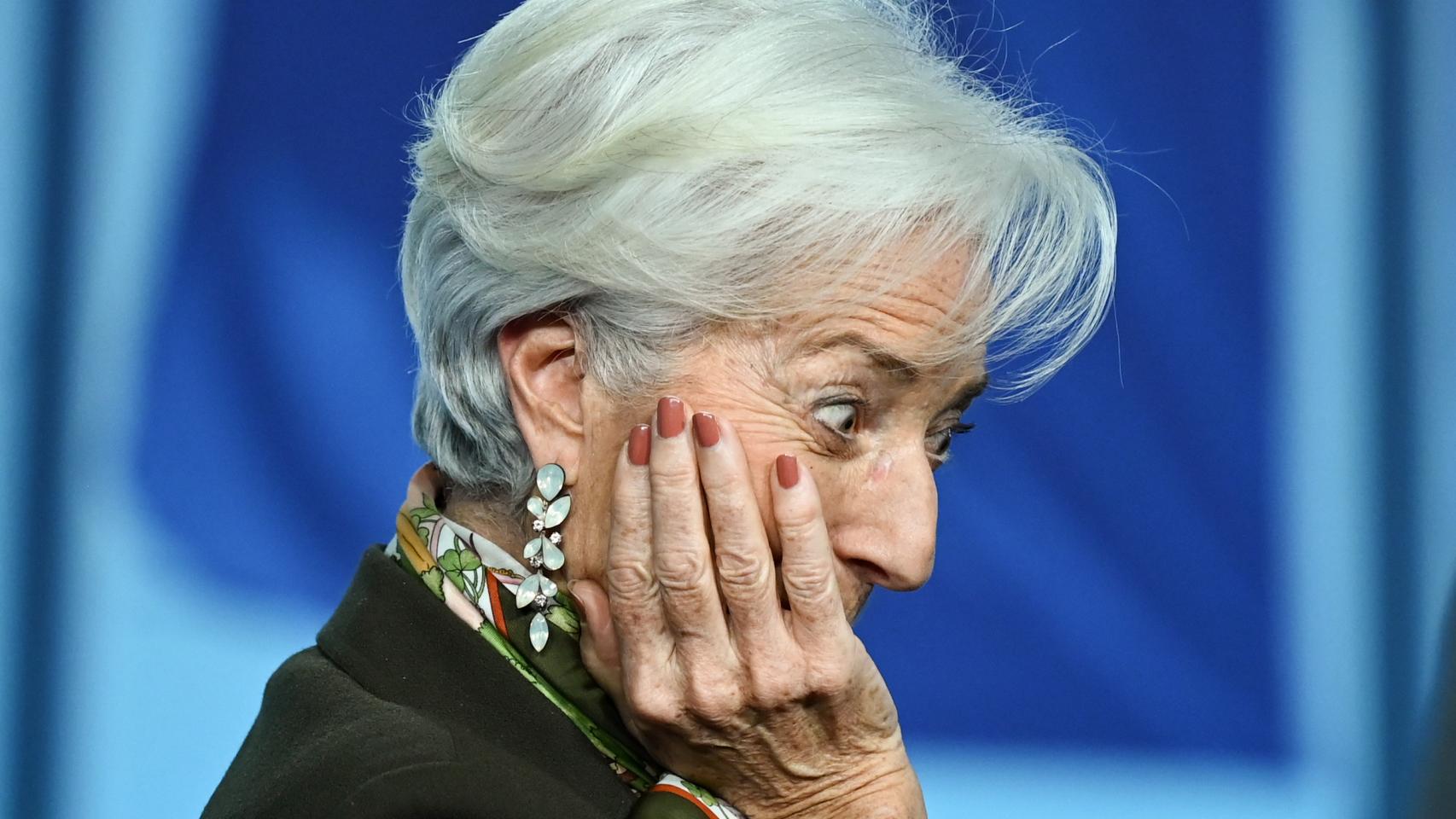The ECB will tread carefully at its first meeting in 2024 to avoid increasing its rate cut forecasts.

This Thursday, the European Central Bank (ECB) will meet for the first time in 2024. Markets are not expecting any surprises from the institution on interest rates: it will keep them at current levels. But the institution will have to Proceed carefully to avoid fueling predictions about when the decline will begin.
In recent weeks expectations for rate cuts have moderated. The market now expects that cuts will begin in June and that the cumulative decline this year will be 125 basis points.
This was not the scenario that investors were estimating in December. They then calculated that the ECB would start cutting the price of money in March and make just over seven cuts over the course of 2024, each by a quarter point.
(Stock markets recorded their worst start to the year since 2016, impacted by a possible delay in rate cuts)
From then until now there have been several members of the banking supervisory authority who have defended longer descent schedule than expected. Monetary policymakers who have spoken out on this issue include: ECB President Christine Lagarde.
The former managing director of the International Monetary Fund (IMF) mentioned in an interview in Davos that sees ‘likely’ base rate cut in summer. Lagarde also echoed the message of chief economist Philip Lane, who warned against “recalibrating too quickly,” noting that key salary data will be available before the June meeting.
Caution
“Such frankness is very unusual and will be interesting. Let’s see if the Government Council continues in the same spiritor a return to the ambiguity that markets have become accustomed to in previous meetings,” Ebury analysts point out.
Thus, once the market takes into account the fact that official interest rates will remain at current levels – 4% for the deposit rate, 4.5% for the base rate and 4.75% for the marginal lending rate – the market will focus on messages that the issuing institution may make public this Thursday.
Allianz Global Investors analysts expect that ECB ‘reiterates its caution’ “before the first rate cut, given that inflation is still not on a credible path to the 2% price stability target.”
Price growth in the eurozone accelerated in December to 2.9% from 2.4% a month earlier. This was the highest figure since October last year.
“Too aggressive way”
Communication is therefore becoming a key element of the first meeting of eurozone monetary policymakers this year. Economists at T. Rowe Price believe that “the ECB is likely to make clear that the path of interest rates discounted in markets remains too aggressive“
La Française believes that “the ECB’s communication will be balanced, causing a risk of over-hardening and a risk of premature relaxation” Those responsible for the institution “have already tried to explain to the financial markets and the public at large that Rate cuts likely to come later than currently expected“add T. Rowe.
That is why they believe that the establishment could offer this Thursday.”more specific recommendations on timing and the pace of rate cuts in an attempt to counter market valuations” and make you realize that “the current path of monetary policy as described in the markets is unlikely.”
For this to happen, they believe that a change in the economic situation is “necessary.” The market is now focused on the idea that spot inflation in the eurozone is about to fall to 2% and that the ECB will respond by rapidly cutting rates.
Salary growth
However, the banking regulator “clearly stated that labor market data and Wage growth will be the deciding factor in their monetary policy decisions.”
Recent wage agreements in France, Spain and the Netherlands were “quite high”, Generali AM experts say, so they rule out that the ECB’s “concerns” about inflation “will subside in the medium term.”
The same experts expect that at this Thursday’s monetary policy meeting, “the ECB will expectant posture, re-emphasizing the dependence on data.”
It is not for nothing that the issuing institution must act carefully so as not to encourage the markets to increase bets on rate cuts, which will lead to easier financing conditions. And this, in turn, will become an obstacle for the ECB.
Follow topics that interest you
